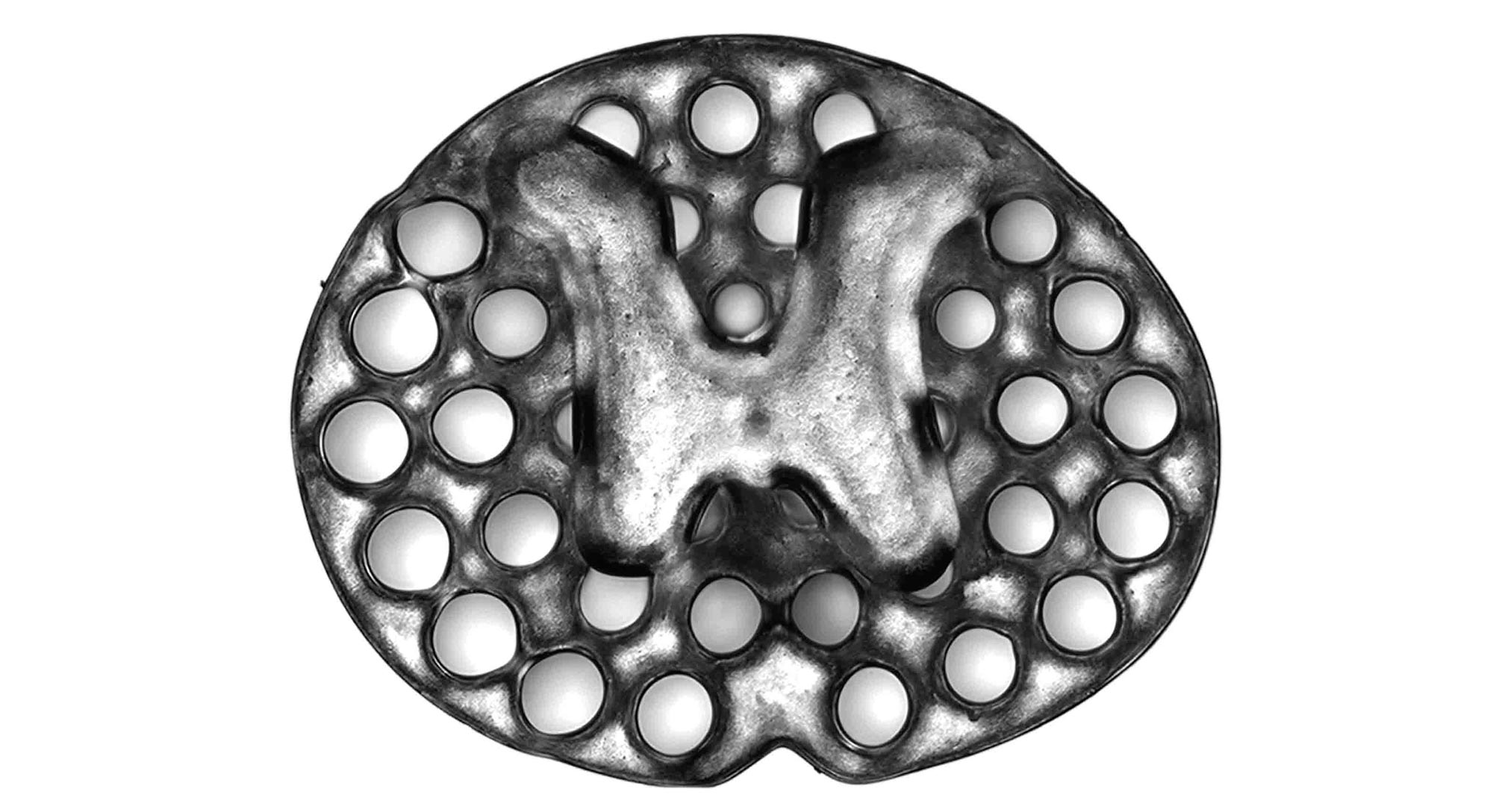Neuroscientists and nanoengineering experts at the University of California, San Diego, USA, have developed 3D-printable scaffolds compatible with living tissue that in the future could be used to treat spinal cord injuries. Using a rapid 3D-printing technique, Shaochen Chen’s group was able to fabricate hydrogel scaffolds for rodent spinal cords, 2 mm in diameter, in less than 2 seconds. Neuroscientist Mark Tuszynski and his team then filled the scaffolds with stem cells capable of generating neurons and implanted them in rats with spinal cord injuries. In a matter of months, new tissue had grown at the injury site, reconnecting the separate parts of the spinal cord and enabling the rodents to regain some movement in their hind legs (Nature Medicine, January 14). The scaffolds act as bridges: they consist of micrometric channels that guide the growth of stem cells and axons (projections of neurons) during regeneration, connecting the healthy part of the spinal cord with the part that has been damaged. “It seems to shield grafted stem cells from the inflammatory environment of a spinal cord injury,” said Jacob Koffler, one of the article’s authors. The researchers say it is possible to make larger scaffolds. Whether the technique would work in humans is still unknown.
RepublishMedicine
Scaffolds aid neuron regeneration

3D-printed hydrogel spinal cord scaffold, 2 mm in diameter
Jacob Koffler and Wei Zhu/UCSD

